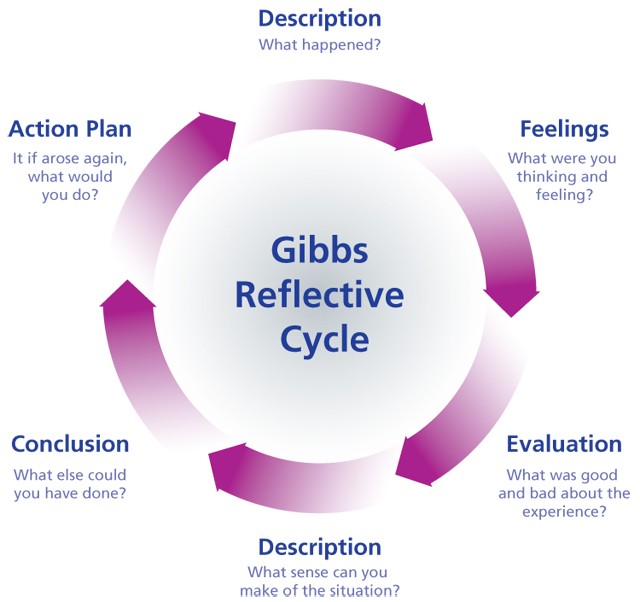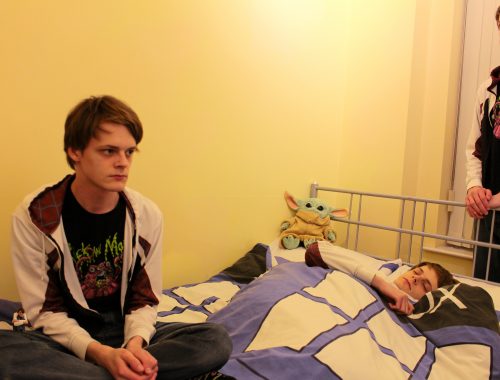
First Day Fears
Wrong site, wrong shoes, but the right attitude!
Victoria College welcomed me as one of their own members as I waited on my placement provider to collect me from the staff room, to then be told I was at the wrong campus. My first two lessons were learnt here: double check where you’re going and don’t walk to placement in heels again. Thankfully, I had arrived 20 minutes early, which gave me plenty of time to speed walk over to the other campus.

I thought I would do some research about what makes a good teacher before starting my placement in a School. It didn’t shock me to read that self-awareness was one of the main skills I needed to excel in teaching. ‘if we approach leadership as though we were (an animal), our effectiveness will be reduced and we may also suffer personally in terms of our health, well-being and happiness.’[1] I would be arriving to Victoria College with confidence and plenty of self-awareness.
Knowing I would be watching Aoibheann, (my placement provider) teach, I educated myself on what was the best way to evaluate her work. ‘An evaluation attempts to assess or measure the value of something.’[2] Being mindful of how the word ‘value’ is used, I gather that the value given to something is determined by what I, myself values. I watched as Aoibheann brought her first-class in. She explained to me that it was all well and good teaching for hours on end but the main goal is to make sure the students are actually learning what she is teaching. She did this by asking questions about the lesson before.
After Observing Aoibheann, I was then able to get involve in with the students myself. The Year 9 class were learning how to play together as an ensemble. The class were working in groups of four, I went over to one group as they seemed to be struggling more than most. Going back to the ‘self-awareness’ approach I wanted to convey, I knew the piece they were playing very well, so this worked in my favour. I explained to them how important it was to listen to each other’s instruments and how it wasn’t a ‘solo piece’, it was something that they would have to work on as a team to make it sound good. I showed them how the piece should sound and made them play their parts separately before playing together, so that they could get a feel of their own part without getting mixed up with someone else’s. After a few wrong notes and out of time beats, the group where finally able to get it together, for the most part.
This isn’t exactly how I thought I would be teaching a class but as I have learnt in my research ‘teaching is what is technically known as a polymorphous activity: it quite literally takes many different forms’[3]

Using Gibbs’ Reflective Cycle, I want to evaluate how I coped with this situation. My initial thought was doubt. I was unsure as to whether I would be able to help this group or if I would just confuse them even more. Remembering what I had read about self-awareness, I reminded myself, I am more than capable of helping four kids. As I knew the piece very well, there wouldn’t be an issue with me having to learn it on the spot, and once I went over to help the students, I had a feeling of confidence, that I knew exactly what I was doing.
The best thing about this experience was I got to know some of the students personally. That is one of the things I love about teaching in a school, you get to know the students and how they react to certain teaching styles. This is something I will see and develop on throughout my time in Victoria. I loved that I could see the students begin to understand what I was saying and that I was making an impact on their performance. I could see them understanding the task a wee bit more and I was the one helping them. While doing some research on teaching, I found that getting to know the pupils would be ‘invaluable in coming up with appropriate analogies’[4] and ways of teaching.
However, one thing I would say was bad about this experience would be that I put all my efforts into them four students and didn’t think too much of the others. Part of this was because I was in a separate room with the four students, but I should’ve given some attention to the others.
I felt that I was needed to help these students as they really were struggling with the task on hand, so I thought the best thing to do was to help the girls out. When they understood my instructions, I believe it helped them to understand the task. They watched me complete the task the way it should be done so they knew what they were aiming for. When I thought one student of the four were struggling a bit more I thought it made sense to keep my focus on them before moving onto the next student. Throughout my time in Victoria, I have come to realise teaching is about passing on to the children what we already know, this is what I was doing in this situation.
In conclusion, I do think I should’ve divided up my time equally between all the groups in the class. Aoibheann had explained to me that the whole class were struggling with this task, so I should’ve thought of the whole class. However, this is something I had to learn as I need to find out how to manage my time during classes. If this situation arose again, I would give my attention to all students. I would look to see who needs the most help but making sure I speak to each student.

References
[1] Doug Parkin, Leading learning and teaching in higher education : the key guide to designing and delivering courses
[2] Neil Denby, 2008, Master’s level study in education, Maidenhead, Open University Press
[3] Paul H. Hirst (1971) What is Teaching?, Journal of Curriculum Studies
[4] Paul Harris, 2017, Improve your teaching! Teaching Beginners, Faber Music Limited

Assumption - the Parent of Confusion
Blog Post One
You May Also Like

Assumption – the Parent of Confusion
24 November 2021
AAAH or (Why Tom sucks at selling himself)
25 November 2021
